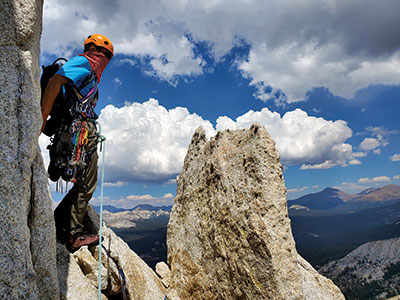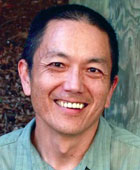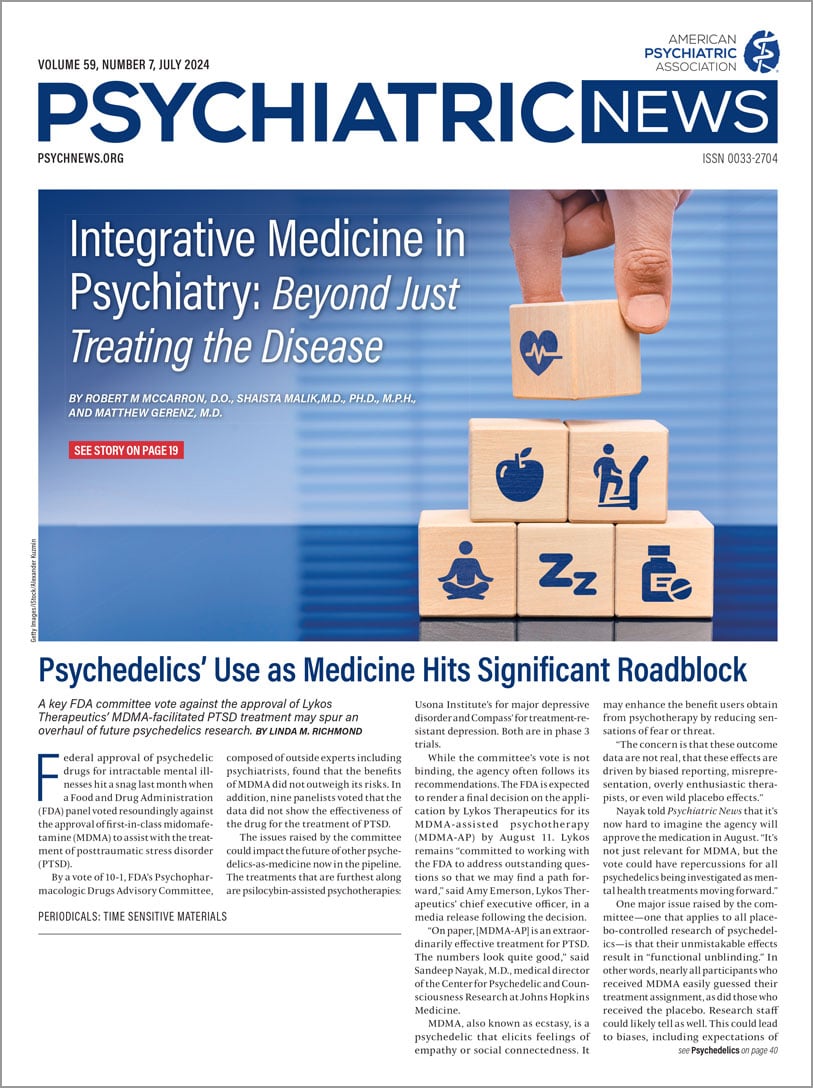Much to my surprise, Match Day 1994 revealed that I would train in psychiatry at the University of California, San Francisco (UCSF). UCSF was the only program outside of Chicago that I had ranked. Little did I know then how much moving to San Francisco would change the course of my professional and personal life.
In addition to a thorough training in psychiatry, UCSF provided an excellent outdoors recreation program. Along with mountain biking, I learned to backpack and backcountry ski. More importantly, I learned how being outdoors provided meaning and rejuvenation for me.
Thanks to my rotations in the emergency department (ED), I learned how to respond to trauma. I also took a wilderness medicine course and started carrying a SAM (structural aluminum malleable) splint in my pack. It remained unused for decades, until one summer day in Yosemite National Park in July 2016.
Sean, Maxx, and I, friends from the Santa Cruz climbing gym, had planned to climb an iconic Yosemite route; Cathedral Peak. As it turned out, only one of us would leave the ground that day.
After a three-mile hike, we found ourselves at the base of the beautiful pyramidal southeast buttress of Cathedral Peak. Sean and Maxx thought they had located the start of the climbing route, and Maxx chose to climb first.
Shortly after getting off the ground, Maxx was stuck in a precarious position. The official report from the Yosemite Climbing Rangers described what happened next:
CATHEDRAL PEAK—CLIMBER FALL
Prior to the fall, the leader had began climbing up what he thought was the standard start to the route. While climbing he began to feel that the terrain he was on was not correct and traversed left 20 feet in an attempt to gain easier ground. When this did not provide more moderate climbing, the patient attempted to reverse the traverse and fell. Because of the location of his last piece of protection, the climber took not only a long fall, but also pendulumed across the face. The total length of the fall was estimated at 30-40 feet in low angle terrain.
I distinctly remember Maxx’s cry and the shape of his right ankle when he fell and came to rest on the granite slab. Sean lowered him carefully to the ground, and I unpacked my first aid kit. Maxx had multiple abrasions and a disfigured right ankle. Even though his jacket was torn in multiple places and bloodied, no head injury or other blunt force trauma was evident. I cleaned his wounds, bandaged him, and then wrapped the SAM splint around his heel and ankle. Maxx was calm and stable.
I was alarmed at how far we were from the road and emergency services without any cell signal. As I prepared to run back to the trailhead to get help, Sean found a few bars on his phone in only one spot. Given that I was the physician, I spoke with Yosemite emergency medical services. While I was describing our location and the extent of his injuries, Maxx asked if we could minimize the costs of evacuation and medical treatment. I let the ranger on the call know about Maxx’s wishes and that I was a doctor. He let me know that doctors tend to get in the way of rescues and that he did not want me interfering with the decision-making of the rescue rangers when they arrived.
Other climbers started to arrive at the base while we waited for rescue. Upon seeing Maxx’s injury, one burly climber offered to help us carry him out. I was struck by the generosity of this climber, who would readily give up his day of climbing to help absolute strangers.
Four hours after the fall, two rangers arrived to help evacuate Maxx. One of the rangers was the head Yosemite Search and Rescue ranger. She looked at Maxx’s splinted ankle and declared that there was little for them to do, other than call in the helicopter for a hoisted evacuation. When she found out that I was a physician, she decided that I could assist her in starting an IV and push fentanyl.
After many hours, Maxx was admitted to our local hospital. Surgery and months of physical therapy ensued. He ended up falling in love with his physical therapist and taught her to climb. The next summer, the three of us returned to the park and climbed Cathedral Peak together. A few years later, I asked Maxx if he would take the fall all over again. By then, he was married to his physical therapist and had a son, but his right heel still affected his walking. He stated that he would not change a thing, given that he may not have met her without the injury.
This led me to think about my own unexpected and life-changing event, matching at UCSF. Would I be leading a life intertwined with climbing and biking if I had matched with a Chicago program? Would I have been able to balance out a demanding 25-year career in psychiatry without outdoor exercise and adventure? There is little doubt that biking every day and climbing every other day have helped me metabolize the stress of daily work with high-risk patients. UCSF trained me in psychiatry and outdoor sports, both pursuits that require stamina, patience, and a careful dance with risk. ■



